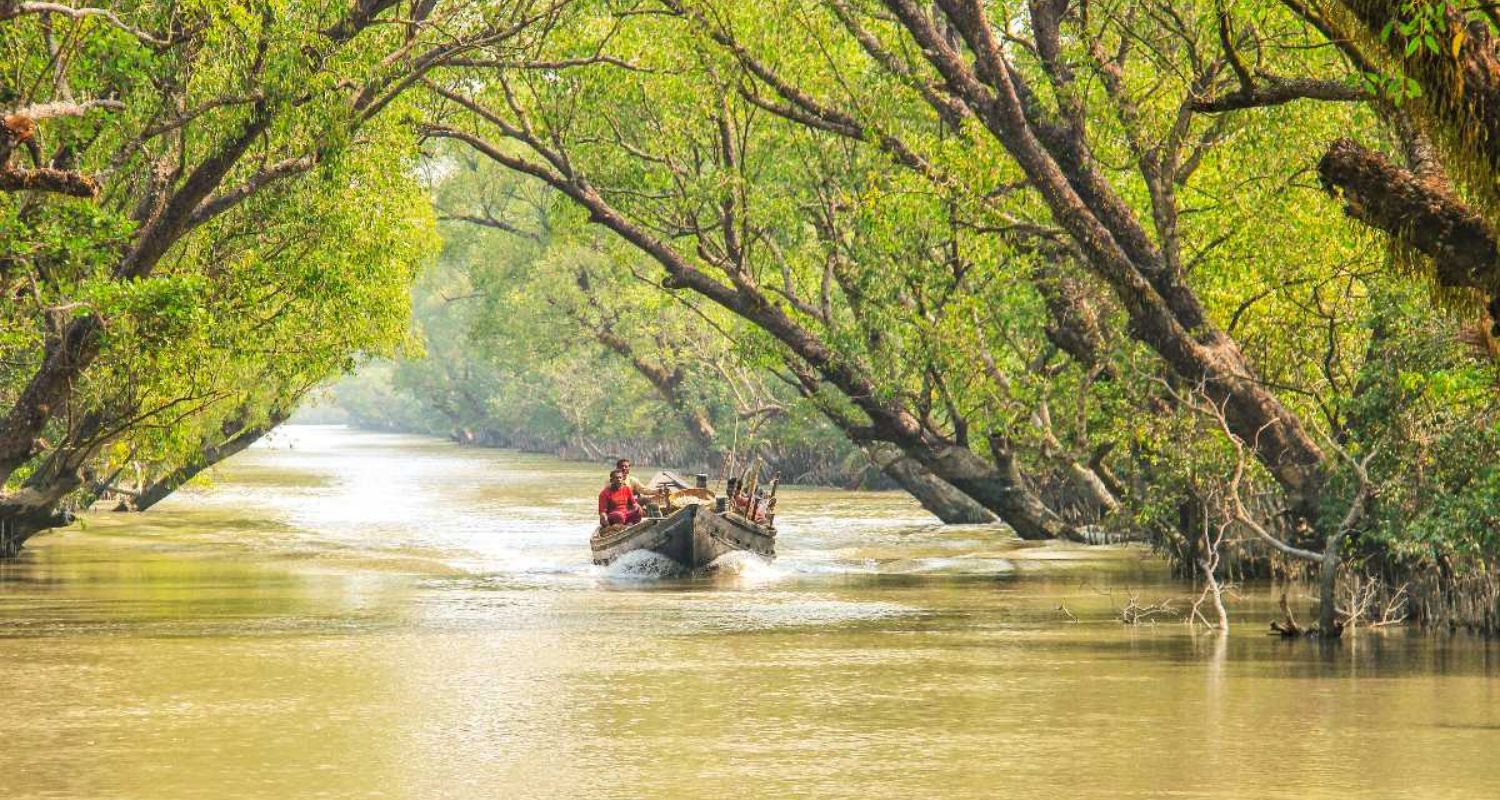The Sundarbans, the world’s only mangrove tiger habitat, is all set to become the country’s second-largest tiger reserve with an expansion of over 1,000 sq km.
At a meeting of the National Board of Wildlife in New Delhi on Monday, the Centre cleared the West Bengal government’s proposal to bring three additional forest ranges—Ramganga, Raidighi and Matla—under the Sundarbans Tiger Reserve (STR). This expansion will increase the area of the reserve from 2,585 sq km to 3,629 sq km, placing it just behind Andhra Pradesh’s Nagarjuna Sagar-Srisailam Tiger Reserve (3,727 sq km).
The West Bengal government will now issue a notification detailing how much of the newly added area will be designated as core and how much as buffer. Currently, STR comprises four ranges—National Park (East), National Park (West), Sajnekhali and Basirhat. The new additions, covering 1,044 sq km, will function as buffer and core areas. The Sundarbans is home to 101 tigers, including those inhabiting the three ranges now brought under STR.

“Until now, forest staff in Ramganga, Raidighi and Matla operated under high risk but without the facilities accorded to tiger reserve personnel. With the expansion, they will receive specialised training, equipment and allowances, including a risk allowance. STR will also qualify for higher central funding and CSR support for conservation and eco-tourism,” said an official of forest department.
Also Read: Bengal’s Sunderbans sees rising crocodile count after 12 yrs
Former officials and experts hailed the development as a turning point. Soumitra Dasgupta, former head of Bengal Forest Department, said: “Be it core or buffer, once these ranges become part of the Critical Tiger Habitat, there will be a radical change in conservation. Forest workers will finally get proper facilities and incidents of human-tiger conflict should reduce.”
Pradeep Vyas, former Chief Wildlife Warden, called it “a long-standing dream”, stressing the need to strictly follow tiger conservation protocols. Wildlife expert Joydeep Kundu added: “All Sundarbans tigers will now come under the national protocol. The responsibility of ensuring proper conservation is immense.”
Beyond conservation, officials believe the expansion will benefit the local economy. With the newly added areas eligible for CSR funding and private assistance under the Tiger Reserve Foundation, Sundarbans could see fresh investments in eco-tourism and community development.
The proposal to expand STR was first floated in 2014, approved by the State Wildlife Board in September 2023 and cleared by the National Tiger Conservation Authority (NTCA) earlier this year. Monday’s approval by the National Board of Wildlife has finally paved the way for Sundarbans to emerge in a new avatar—as the country’s second-largest tiger reserve.
Also Read: Diplomatic strain halts India-Bangladesh tiger exercise


